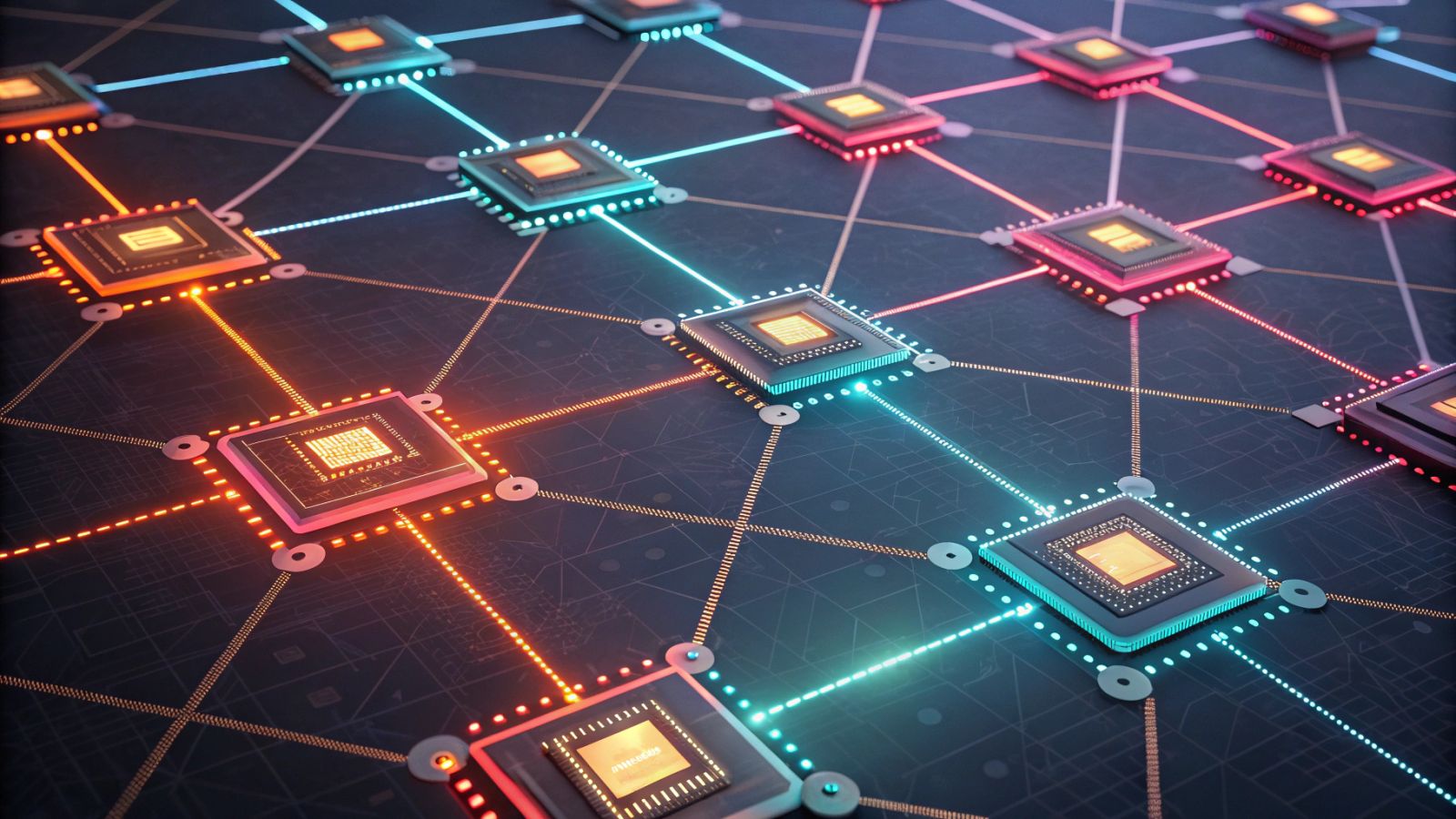Light replaces electricity, the next revolution in Artificial Intelligence 🧠
Follow us on Google News (click on ☆)
This chip represents a major breakthrough. Unlike traditional electronic chips, it harnesses the properties of light to perform operations essential for training neural networks. The research findings were published in Nature Photonics.

The team used a light-sensitive semiconductor material to create this chip. A 'signal' light beam passes through the material, while a 'pump' beam adjusts the material's response. This method allows the chip to be reprogrammed for different mathematical functions.
Tests showed an accuracy exceeding 96% on standard AI problems. The photonic chip matched or surpassed traditional neural networks while consuming less energy. This efficiency paves the way for faster and more energy-efficient machine learning systems.
This technology could significantly reduce the energy consumption of AI-dedicated data centers. By replacing electronic components with photonic equivalents, it offers a promising alternative to current systems. Researchers are already envisioning larger-scale applications.
This programmable photonic chip marks an important milestone toward photonic computing. It recalls the early days of ENIAC, the first digital computer, and could well usher in a new era in computer processing. The implications of this technology are vast and promising.
How does a photonic chip work?
A photonic chip uses light instead of electricity to perform calculations. Photons, particles of light, travel through optical circuits integrated into the chip. These circuits can direct, split, or combine light beams to carry out mathematical operations.
Light offers several advantages over electrons. It enables higher transmission speeds and reduced energy consumption. Additionally, electromagnetic interference is minimized, improving calculation reliability.
Photonic chips are particularly suited for tasks requiring massive parallel operations. They could thus revolutionize fields like artificial intelligence, where speed and energy efficiency are crucial.
However, manufacturing these chips remains costly. Researchers are working to simplify production processes to make this technology more accessible.
What is a nonlinear neural network?
A nonlinear neural network is a type of machine learning algorithm inspired by the human brain's functioning. It consists of layers of interconnected nodes that process information hierarchically.
Nonlinearity is introduced by activation functions that determine whether a node should 'activate' based on received inputs. Without nonlinearity, a neural network couldn't learn complex relationships between data. It would be limited to simple operations like additions or multiplications, unable to model real-world phenomena.
Nonlinear neural networks underpin many modern applications, such as image recognition or machine translation.